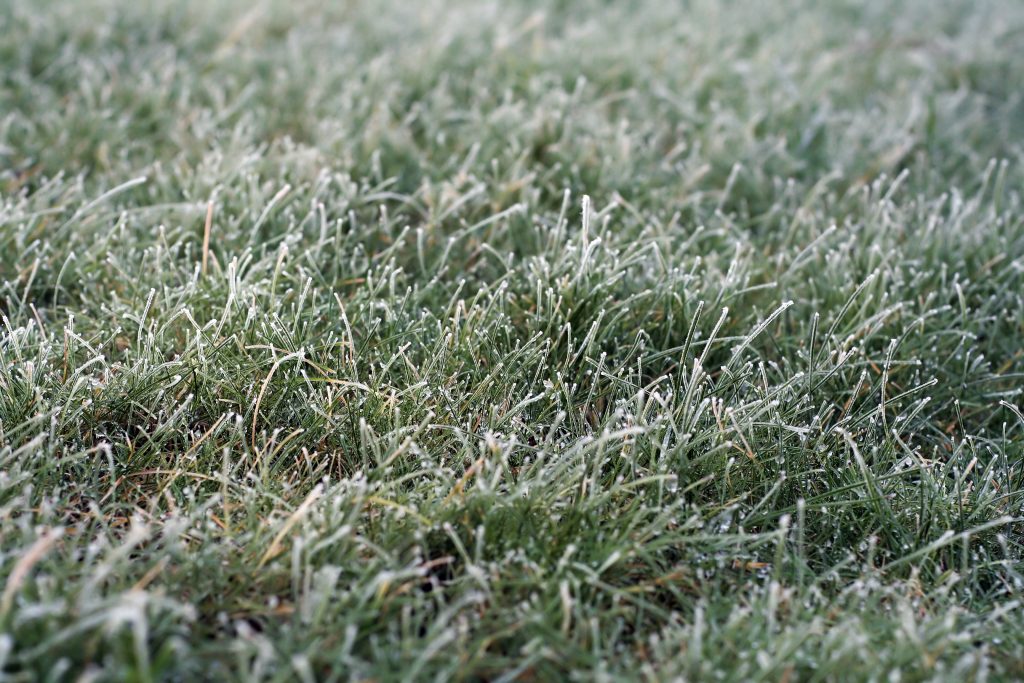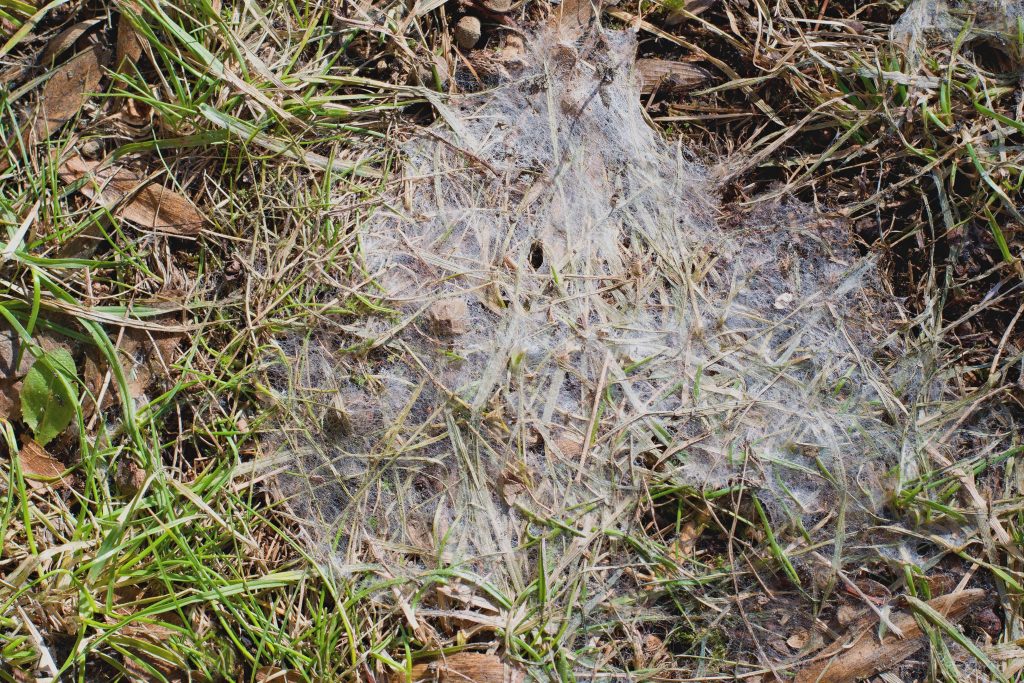Hello, all you lawn enthusiasts! Are you ready to make the most of autumn and ensure your lawn stays beautiful throughout the colder months? Many people believe that once summer ends, so does lawn care. But that’s a myth that needs debunking right now!
In reality, autumn is a critical time to prepare your lawn for winter and ensure it springs back to life once the weather warms up again.
So, pull on your gardening gloves, grab your rake and let’s dive into the fantastic world of autumn lawn care!
The Science of Autumn Lawns
You might be wondering – why is autumn lawn care so important? Well, beneath the colourful fall leaves and cooler temperatures, your lawn is busily preparing for the winter.
Just below the surface, your grass’s roots continue to grow and store nutrients to survive the cold months. Taking care of these roots in autumn can help your lawn re-emerge in spring with an impressive burst of green.
Preparing Your Lawn for Autumn
As the balmy summer days start to give way to crisp autumn air, it’s time to get your hands dirty. Raking leaves and clearing debris is essential to prevent diseases and allow your lawn to breathe. Aeration also plays a crucial role in ensuring water and nutrients reach the grass roots effectively.
And, of course, a balanced fertiliser can give your lawn the nutrients it needs to prepare for the colder months.
Autumn Lawn Maintenance
Knowing When to Mowing
Clearing Your Lawn
Hydrating Your Lawn

Caring for Your New Lawn in Autumn
For those of you who started new lawns this year – take note. These new lawns are especially vulnerable during autumn and can easily get damaged. It’s important to minimise traffic and watch out for any signs of frost damage.
If you notice any issues, lightly raking the affected areas can help level things out again.
Using Autumn to Plan Ahead
Autumn is an excellent time to prepare for the coming seasons. Clean and service your mower, sharpen your shears, and perhaps consider which new plants you’d like to introduce in the spring.
If you’re planning a new lawn next year, use the autumn months to prepare the soil. You can break up the soil surface and let the frost naturally do the rest.
Common Autumn Lawn Problems & Their Solutions
Just as autumn brings beautiful fall colours, it also brings potential challenges for your lawn. From diseases to harsh conditions that could cause damage, autumn can be a testing time for your lawn.
Let’s look at some common autumn lawn problems and how to tackle them effectively.
Fungal Diseases
Autumn, with its damp conditions and falling leaves, can create the perfect environment for fungal diseases like leaf spot and rust. If you notice any unusual spots or discolouration on your lawn, it’s essential to take action.
A balanced autumn fertiliser can help strengthen your lawn against these diseases. And don’t forget to rake up and dispose of fallen leaves regularly to prevent fungi from spreading.

Thatch Buildup
Thatch – the layer of dead grass, roots and debris that can build up on your lawn – can become a problem in autumn.
Excessive thatch can prevent water, air and nutrients from reaching the grass roots. If you notice a thick layer of thatch on your lawn, consider using a dethatching rake or a lawn aerator to remove it and keep your lawn healthy.
Nurturing Your Lawn
And there we have it! By following these autumn lawn care tips, you’ll be doing your part to ensure your lawn stays healthy throughout winter and comes back stronger and greener in the spring.
Remember, whether you’re dealing with autumn lawn diseases, preparing your lawn for winter, or figuring out the best autumn lawn care schedule – your efforts will be rewarded. Here’s to the greenest, healthiest lawn on the block! Happy gardening!
Richard - Digital Marketing Director
Richard - skilled vetting prospector and digital marketing expert with exceptional communication and relationship building abilities. He tailors solutions to his clients' needs and is dedicated to achieving their marketing goals.
